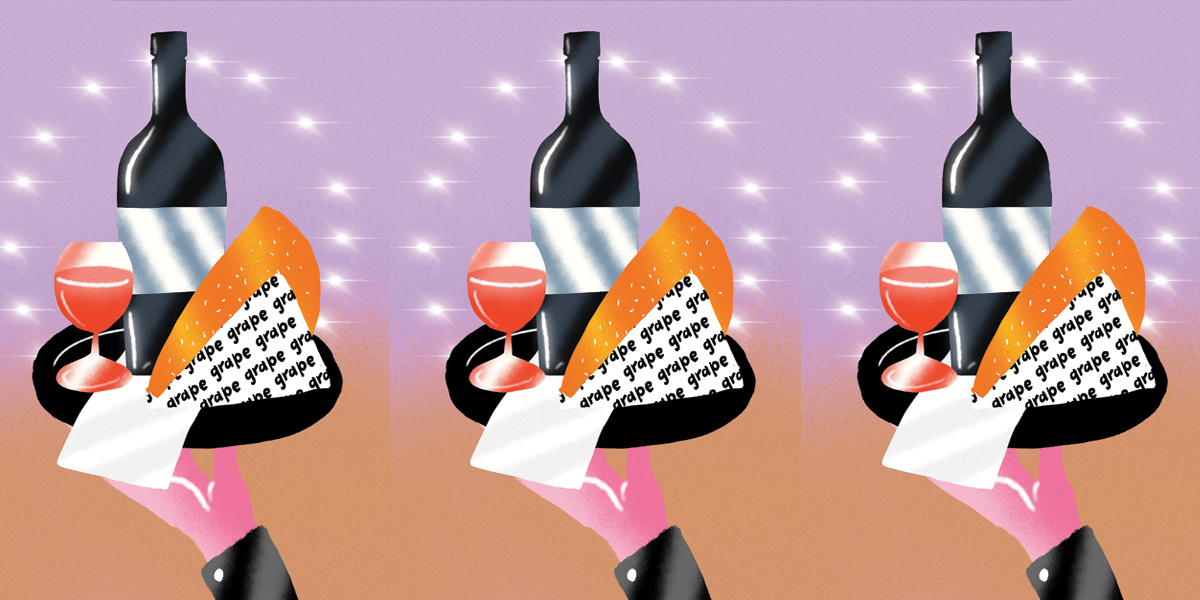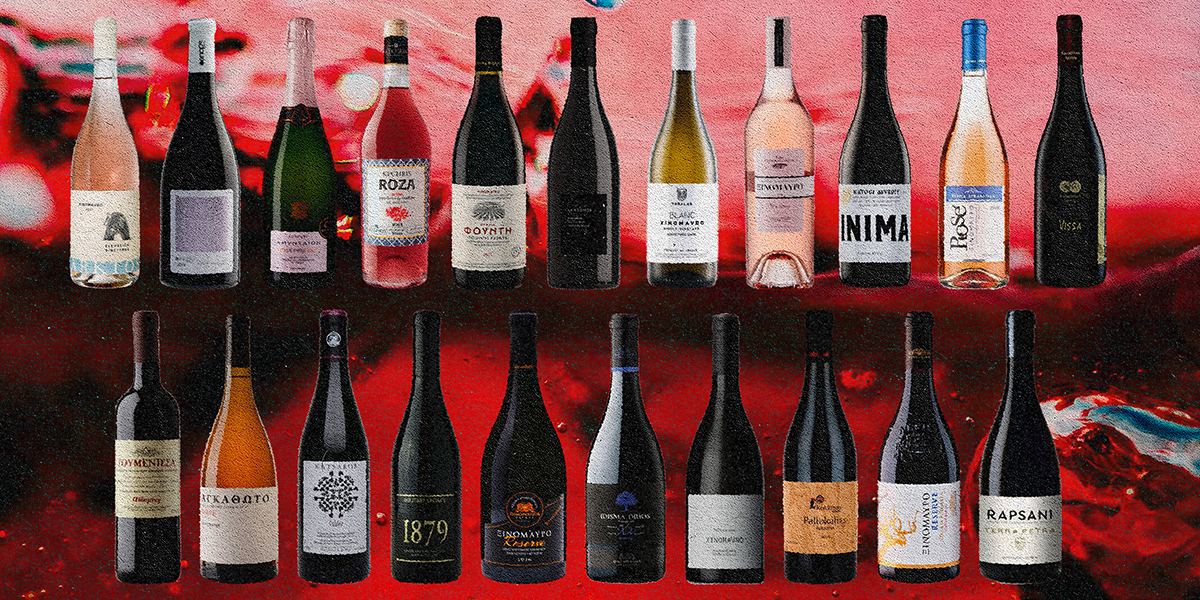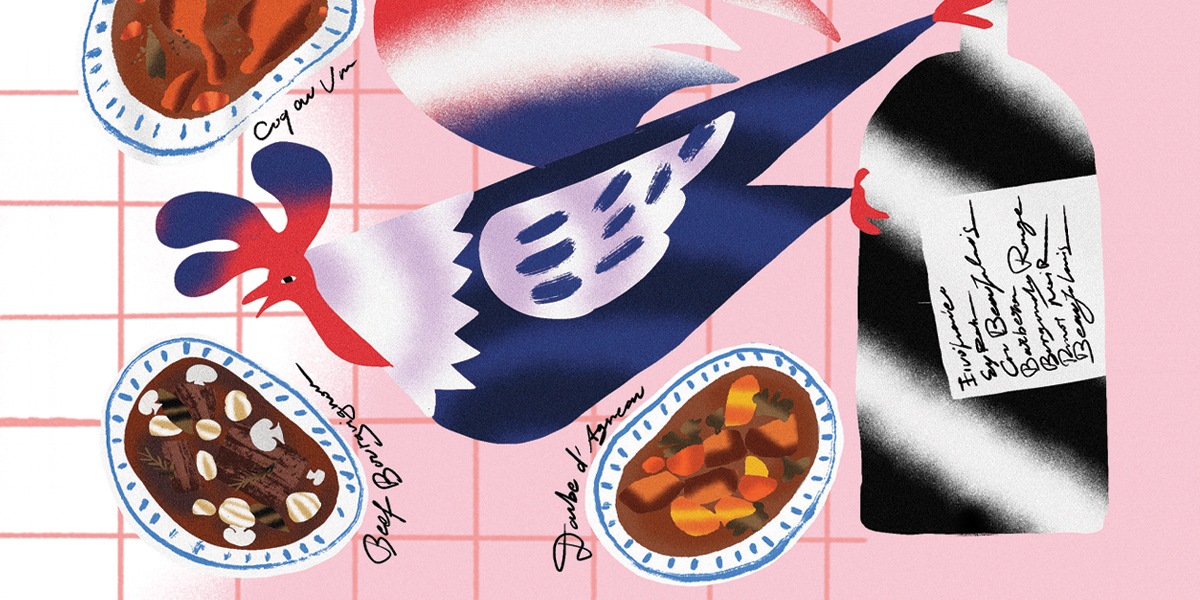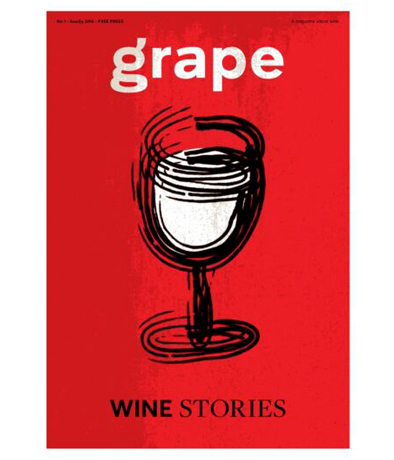
Well hidden on the ancient plain of Oia are the welcoming grounds of Domaine Sigalas, an oasis of serenity on the everbustling island of Santorini.
Arriving at the estate’s beautiful courtyard in the midst of the vines, we are welcomed by smiling tourists who are already enjoying the wine-tasting menus. “The wine tourism sector is going well, despite the fact that the tourist season seems to be a bit off for the island this year” says Spyros Lemanis, General Manager of the winery, as he walks us through the small vineyard that surrounds the winery.
The tour starts in the estate’s vineyards, where details are provided about the history of Santorini, followed by information about the vineyard itself, the traditional kouloura – the basket-shaped pattern into which the vines on this island are trained – and the different grape varieties, giving visitors a comprehensive picture of the island’s past and its 3,000-year-old winemaking heritage.

When Sigalas took over his grandfather’s vineyard, he began crafting wine according to his own guiding principle: “the dynamic evolution of tradition.” He believes that innovation and technical savvy can coexist creatively with the island’s ancient winegrowing traditions. He also truly enjoys improving his product; his passion for tasting and evaluating wine set the high standard for his own creations.
Stellios Boutaris, now CEO and Chairman of the Board of Domaine Sigalas, is leading the estate into a new era with an excellent group of mainly young people. Domaine Sigalas currently produces 11 wine labels and 3 spirit labels. Annual production is around 250,000 bottles, a goal that’s not always achievable in bad years. The blue label, the famous Santorini Sigalas, comprises half the production. Sales are divided as follows: about a third is sold in Santorini, another third in the rest of Greece, and the remainder is exported, with the lion’s share of that going to the United States.
This first-class wine tour and tasting experience featured five of Sigalas’ limited edition premium wines. Each wine is vinified exclusively from grapes grown in the volcanic soils of Santorini and is paired with a specially prepared dish curated by the winery’s executive chef Kyriaki Fotopoulou. The award-winning chef, backed by an expert team is known for her exceptional culinary creations,her understanding and respect for the land, the traditions, the products, and their seasonal nature.
The winery’s bestselling offer is the food-and- wine-pairing menu but there is also an à la carte menu option, establishing the winery as the first on the island to operate a fully equipped restaurant kitchen. During our visit, we enjoyed a truly impressive meal paired with the estate’s wines.
EPTA (“Seven” in Greek) is the epitome of a fascinating, pioneering exploration of Santorini sub-terroirs by Domaine Sigalas. Seven rigorously selected vine parcels from seven villages across the island (Oia, Imerovigli, Vourvoulos, Fira, Pyrgos, Megalochori and Akrotiri) form the canvas of this unique project. Each year, they harvest and vinify the output of each village separately. Τhis full-bodied, elegantly layered wine with a vibrant acidity that reveals a remarkable balance is a perfect match for Santorini cherry tomatoes and the flavor of the olive.

This dish of marinated sea bass is very fond of the wine Κavalieros, with the very distinctive label depicting a shepherd on one side and a Cycladic bench on the other. This is the first single vine- yard Assyrtiko from vines grown at an elevation of 300 meters. The Greek herbs and the strawberry, with its acidity and sweetness, are an ideal match for the wine.
The barrel is not very fashionable nowadays. This wine, however, is noteworthy for both its finesse and the awards it receives every year abroad, and it’s possible that much of the credit for both achievement should go to the excellent influence of the barrel. Fermentation does begin in the tank, but then the wine is transferred to a used barrel. This selection has an Intense body that goes perfectly with the wonderful pickled okra or, even better, the local fava. A creamy dish, after all, loves a creamy wine.

Paris Sigalas was the first to praise the Μavrotragano variety and worked hard to save it. He planted it in Santorini and showed others the best way to vinify it. This selection, the premium red wine of the zone, pairs exceptionally well with smoked eggplant and braised meat. In a dish reminiscent of the traditional Greek moussaka but with different ingredients, there are intense flavors that nonetheless blend harmoniously with a wine of equal intensity.

The Vinsanto is a perfect match for this homemade baklava with pistachios from Aegina. The dried grape has the both the color and the taste of caramel, and the longer it lies drying, the more its sugars come to the surface. Its alcohol level remains lower than classic Santorini wines, since not all the fruit becomes alcohol. It’s not all sugars, however; the high acidity of the 2016 Vinsanto helps to balance out the sweetness of the baklava.
Με την εγγραφή σας στη λίστα των παραληπτών θα λαμβάνετε το newsletter του grape!





Με την εγγραφή σας στη λίστα των παραληπτών θα λαμβάνετε το newsletter του grape!